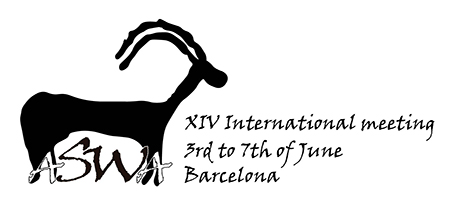The horse continuously inhabited the Armenian upland since ancient times. Osteological data testify to the constant persistence of the horse in this region from the late Pleistocene through the entire Holocene. The burial assemblages found within the country mainly in the chronological frame of the Bronze and Iron Ages and the Classical Period have yielded an exceptionally rich, diverse and uniquely-preserved material culture.
Religious beliefs of the population living here are still little known, and therefore the materials from the Bronze and Iron Ages burial on the territory of Armenia complement our understanding of the spiritual life of the ancient people.
Since there is no hard correlation between the spiritual and material, reconstructions from the sphere of spiritual life are carried out in archeozoology on the materials of the burial rite, rock paintings, stone sculptures, etc.
The materials from the burials of the Bronze and Iron Ages give us the opportunity to improve our understanding of the religious cults of the ancient population.
In our opinion, a special place in the cults was occupied by the horse, which had played a large role since the middle Bronze Age. This is evidenced Horse burials, as well as finds in the graves of images of horses and horse attributes.
In ancient times, the rite of sacrifice of a horse was appropriate only to persons of the highest social ranks, first of all to the leader. The hypothesis of sacrificing horses to only the representatives of the clan aristocracy is confirmed by the large size of the burial pits, the special wealth and composition of the inventory (Lchashen, Nerkin Naver, Lori Berd ).
During the study of Aghavnatun burial complex, a burial of horse with a bronze ring attached to its mandible was found in the south part of the Burial pit. The remains belonged to an adult horse. It is by far not a ploughman's draft horse, but either a war horse ready to walk its master out to battle, or most likely, a gala horse intended for special horse shows by a local kinglet.

 PDF version
PDF version
